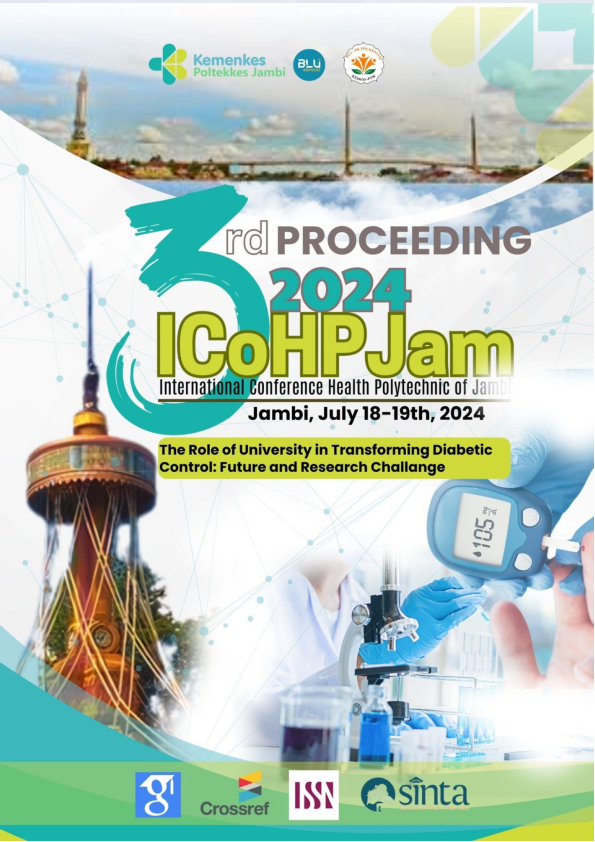Predisposing Factors Preventing Anemia Behavior in Adolescent Girls: Cross Sectional Study in Jambi Province
Abstract
Background: Anemia is a health problem throughout the world, especially in developing countries where it is estimated that 30% of the world's population suffers from anemia. Based on 2018 Basic Health Research (Riskesdas) data, the prevalence of anemia in teenage women in Indonesia is 32%. That means 3-4 out of 10 teenage daughters are suffering from anemia. Factors that worsen anemia in teenage daughters are lacking in substance intake.
Method: The aim of the research is to determine the analysis of preventive behavior factors and the incidence of anemia in adolescent girls. The research was carried out at 3 high schools in Jambi Province, namely at SMA Negeri 6 Jambi City, at a private vocational school Jambi Mother's Family and at the Saadatul Abadiyah Kuala Tungkal Islamic Boarding School, Jambi Province in June 2022. The sample for this study was 279 people . Data analysis used chi-square.
Result: The research results showed that 24.4% of young women suffered from anemia with an average Hb level of 10.5 mg/dl. The results of statistical analysis show a relationship between knowledge, peer group support and the role of health workers on the behavior of young women in preventing anemia. The test results show that there is a relationship between compliance in consuming Blood Supplement Tablets obtained from school and the incidence of anemia, while Body Mass Index (BMI) has no relationship.
Conclusion: It is hoped that schools, in collaboration with health workers, can provide education or health education, especially the prevention of anemia in young women, and hold joint discussions to discuss the problem of preventing anemia using information system technology such as electronic- based Anemia Prevention Education Model.



